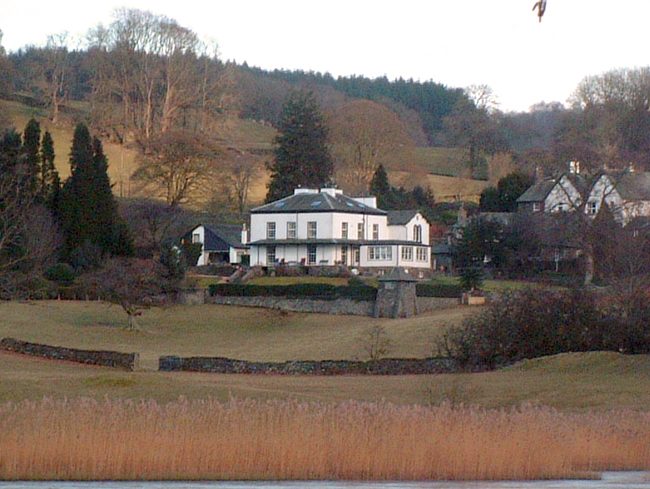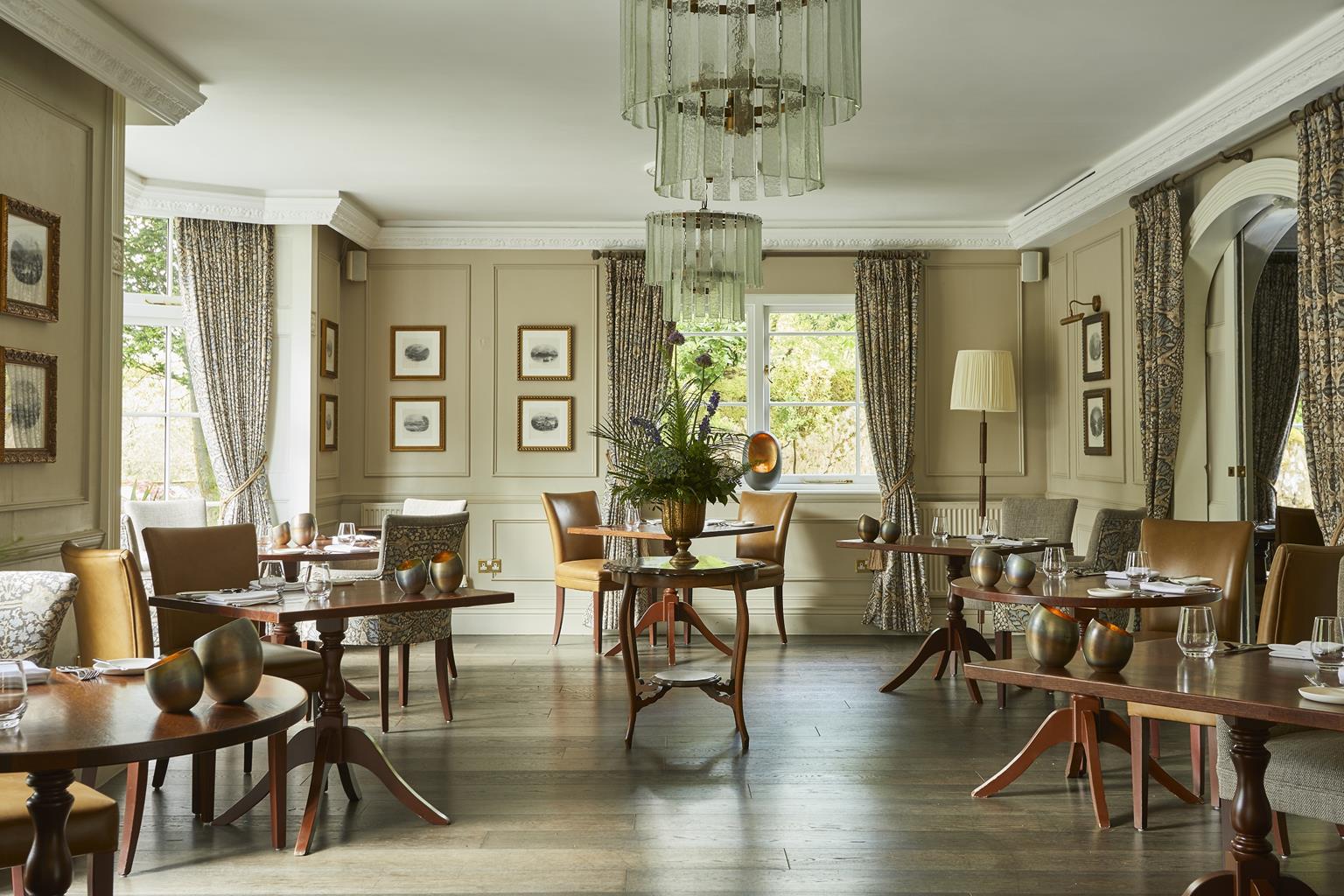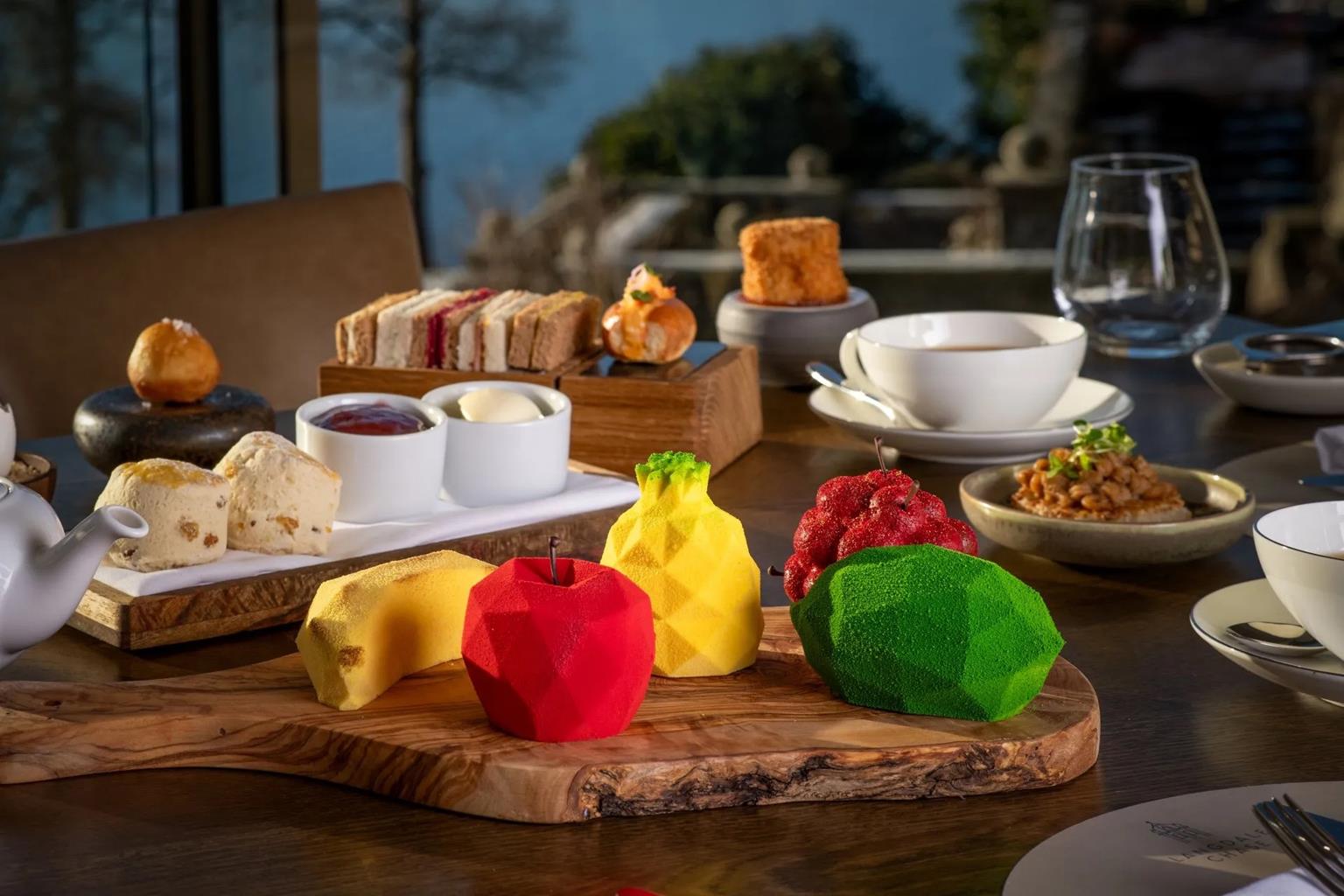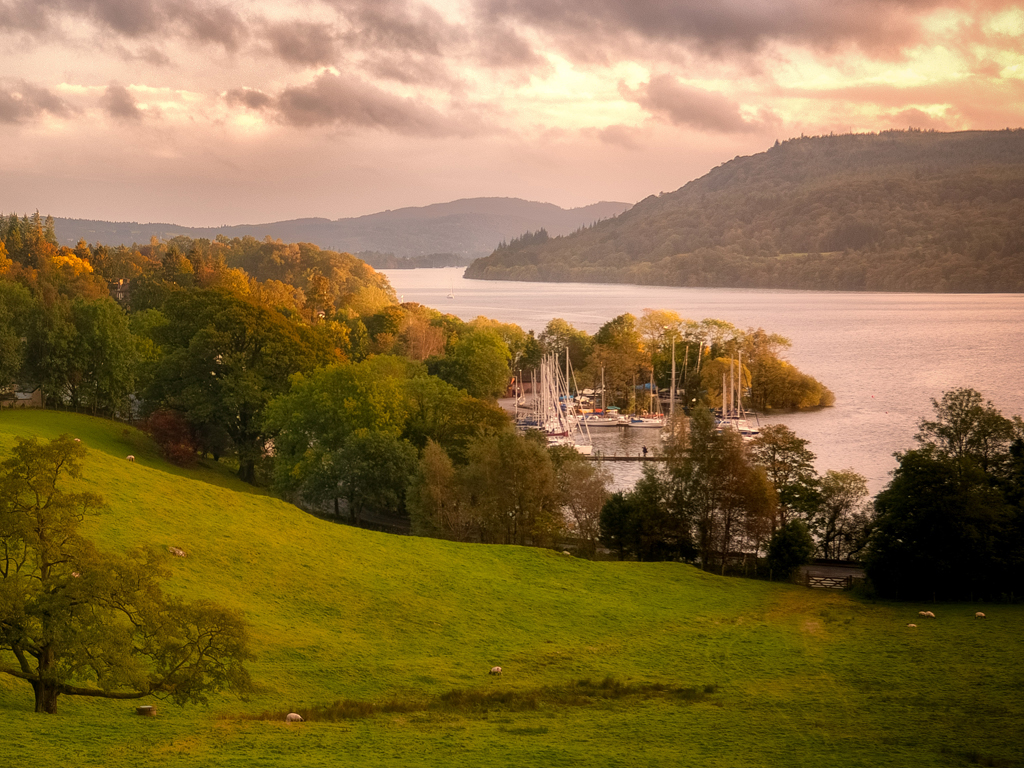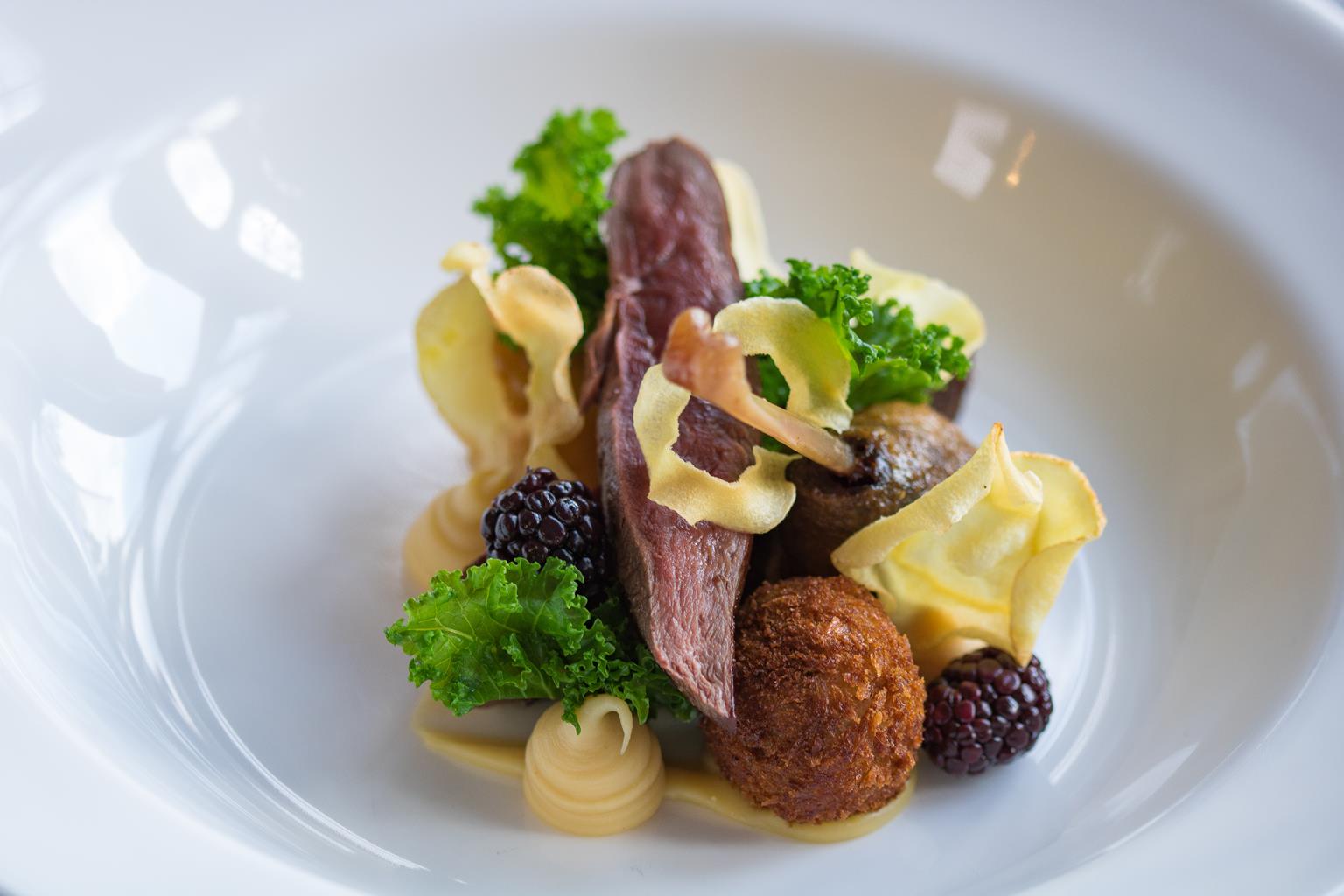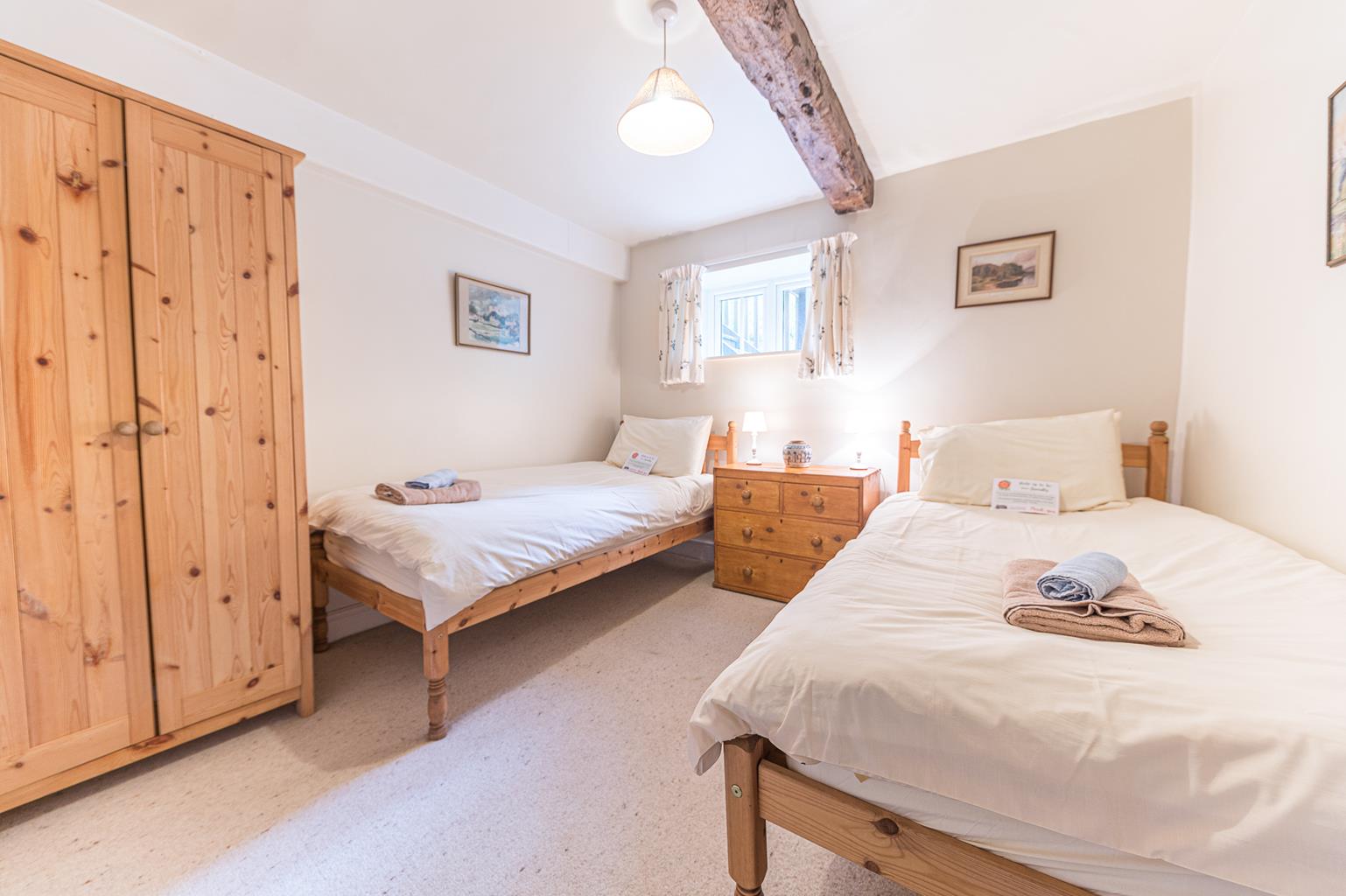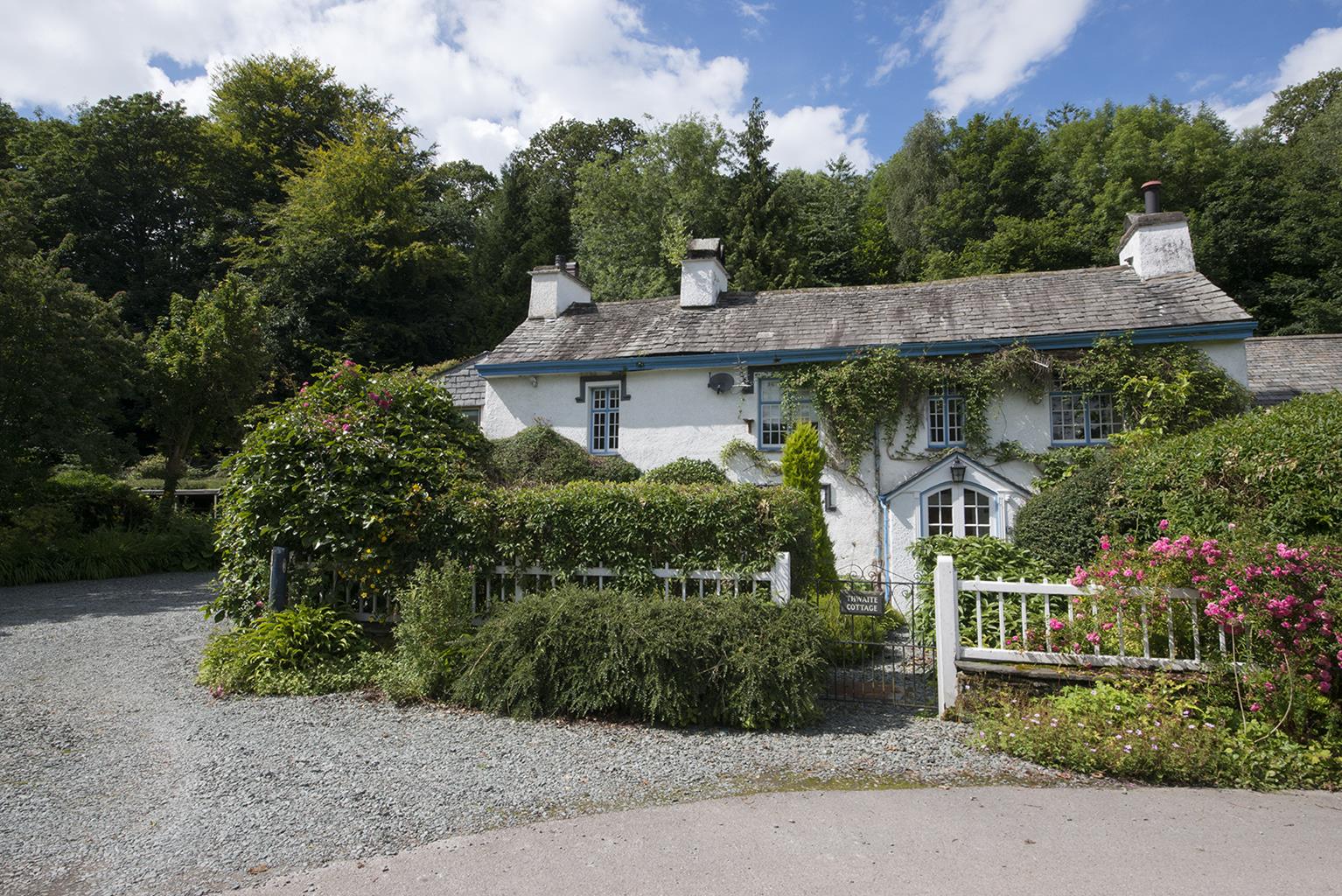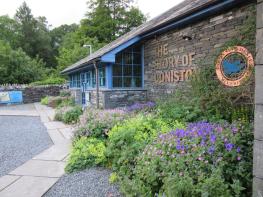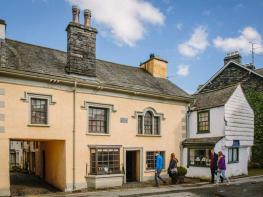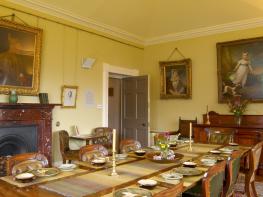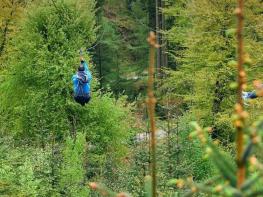Hollin Bank Barn sits in an elevated position with excellent views over Coniston Water.
Tarn Hows and Tom Gill

A different approach to one of Lakeland's tourist honeypots.
3.5 miles (5.7kms)
About the walk
Background
Tarn Hows has been a Lakeland chocolate box attraction since the charabancs first connected it with the railheads at Coniston and Windermere. Its evocative blend of statuesque pines, sparkling water and a backdrop of distinctively pointy fells could have been made especially for an idyllic photo opportunity. And to a certain extent that’s exactly how it came into being.
Lakeland Retreat
During the 19th century it became fashionable for the wealthy industrialists of west Yorkshire and south Lancashire to buy a Lakeland retreat. Many of the area’s fine houses date from this era. James Marshall was one of these men. His father had built the largest woollen mill in the world, on the banks of the River Aire in Leeds and retired to a grand residence on the shores of Ullswater (now the Outward Bound Centre). James, one of 11 children, bought the Monk Coniston Estate in 1835, and set about transforming it into a rich man’s vision of the countryside. Foreign tree species were planted, ornate cottages were built and crucially, a dam was constructed over the beck at the head of Tom Gill. Where previously there had been a group of tiny ponds surrounded by boggy open fell, now there developed a lovely stretch of open water. This Lakeland in miniature served no practical purpose other than to look beautiful, an aim which most of today’s visitors would agree it achieves with considerable style. The tarn was stocked with fish and became a popular spot for ice skating in the winter months as well as fishing and swimming in the summer.
National Trust
The whole Monk Coniston Estate eventually came to the National Trust by a peculiar route. It was partly sold and partly bequeathed to them, principally by Mrs B Heelis, who is much better known to the world as Beatrix Potter. She had moved to Cumbria in 1913, after marrying her solicitor, William Heelis of Hawkshead. Heelis had been helping Potter with her acquisition of upland farms, including Hill Top in Sawrey, where the children’s author set up home. The Trust took on the The Tarns (as they were known then) in 1929 with the aid of a memorial bequest from the Scott family and has managed them ever since. You’ll find an inscription on the Scott memorial on a hillock on the south side of the tarn recording the gesture. The rest of the Estate passed to the Trust on Potter’s death in 1943. Despite their unnatural origins, this is an important location for wildlife. Designated a Site of Special Scientific Interest, the tarn’s sheltered bays are rich in nutrients and the shoreline reeds provide excellent cover for dragonflies and damselflies.
Walk directions
From the car park, facing the road, ignore the bridleway sign to Tarn Hows Cottage and instead go left over a bridge and into the adjacent field on a permissive path toward Yew Tree Farm.
At a signpost, turn left, up the hill towards Tarn Hows Cottage. The path is quite steep and leads to a double row of fencing where new hedges have been laid. Go through a wicket gate and continue with yellow arrows and the fencing now on your left. The fence is replaced by a dry-stone wall and the path continues up to a wall corner where it kinks left through a gate and continues up with the wall now on the right. Take the second of two gates on the right and walk past the former farm buildings of Tarn Hows Cottage to a gate beyond a bank barn.
Go through the gate and follow the access track to the Tarn Hows road. Turn left, ascending the road and eventually passing the main Tarn Hows car park.
Continue for a few more paces to find a gravel track bearing off left above Tarn Hows. Follow the wide track, keeping right at a junction, to make an anticlockwise circumnavigation of the tarn. Along the way, there are some off-shoots giving vistas over the water. At the end there is a little dam and a gate.
Don’t cross the dam or go through the gate, but turn right down the side of Tom Gill, signposted to Yew Tree Farm and Glen Mary. Take the rocky, stepped path down the right-hand side of the beck to pass a series of waterfalls before bringing you out at the back of the Tom Gill car park. Turn left over the bridge to return to the start.
Additional information
Road, grassy paths and tracks, including one rocky section
Woods, field, fell and tarn
Fields grazed by sheep, reasonably suitable for dogs
OS Explorer OL7 The English Lakes (SE)
Tom Gill National Trust pay-and-display car park
At Tarn Hows car park
WALKING IN SAFETY
Read our tips to look after yourself and the environment when following this walk.
Find out more
Also in the area
About the area
Discover
Nearby stays
Restaurants and Pubs
Nearby experiences
Recommended things to do
Why choose Rated Trips?
Your trusted guide to rated places across the UK
The best coverage
Discover more than 15,000 professionally rated places to stay, eat and visit from across the UK and Ireland.
Quality assured
Choose a place to stay safe in the knowledge that it has been expertly assessed by trained assessors.
Plan your next trip
Search by location or the type of place you're visiting to find your next ideal holiday experience.
Travel inspiration
Read our articles, city guides and recommended things to do for inspiration. We're here to help you explore the UK.



